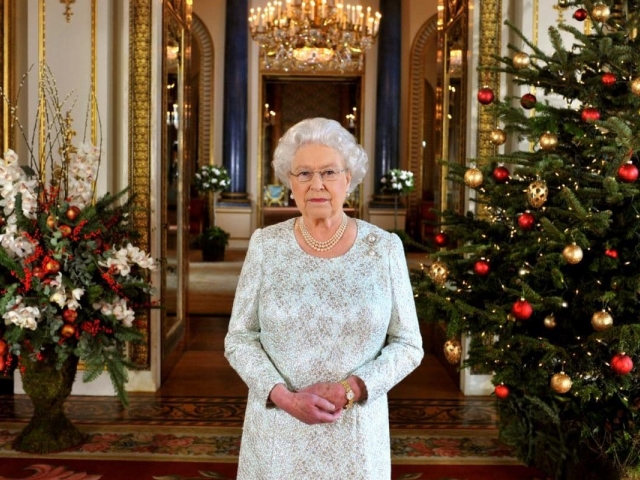
- The majority of citizens in the USA and UK takes loans to buy Christmas and New Year presents. In accordance with the public opinion poll of the Gallup university, in 2016, the Americans intend to spend on presents on average about $752. It's significantly less than in the previous year, but almost the same as the average figure over the past 7 years.

About 30% of the Americans are planning to leave $1000 or more for presents, 23% stated that they intend to spend more than $250, and 9% of the interviewees don't celebrate Christmas or buy presents. In general, according to the public opinion poll of the Gallup university, the amount of spendings for presents reaches $831.

- According to the last polls, 22% of interviewees were planning to ask for money or take a loan for presents for their relatives. Only the poorest people don't take loans; they are ready to refuse the purchases they can't afford.

- The same situation is in the UK, where about a third of citizens (16.5 million) intends to take loans for presents. At least 5 million British are ready to borrow money to buy food for the Christmas table.

The experts note that the data from the Gallup university helps retailers to get oriented in consumer demand. The research center American Research Group also provides their information. According to it, the Americans' spendings for Christmas would amount to record $929. However, it's not the highest figure over the past 32 years the poll is held.

- The biggest amount of money was spent by the U.S. citizens 15 years ago. At that time, their spendings rose to $1052. During the heat of the crisis, in 2009, the Americans spent more than $417.

- Today, more American customers choose online stores to buy products. Two years ago, only 43% of citizens were planning to buy presents online, and this year, there are 55% of them. The experts note that cheap but quality goods appear in the online stores by the end of December. According to experts, the amount of spendings for presents will continue to increase if there are no problems in the economy.
 বাংলা
বাংলা 
 Русский
Русский English
English Bahasa Indonesia
Bahasa Indonesia Bahasa Malay
Bahasa Malay ไทย
ไทย Español
Español Deutsch
Deutsch Български
Български Français
Français Tiếng Việt
Tiếng Việt 中文
中文 हिन्दी
हिन्दी Čeština
Čeština Українська
Українська Română
Română
